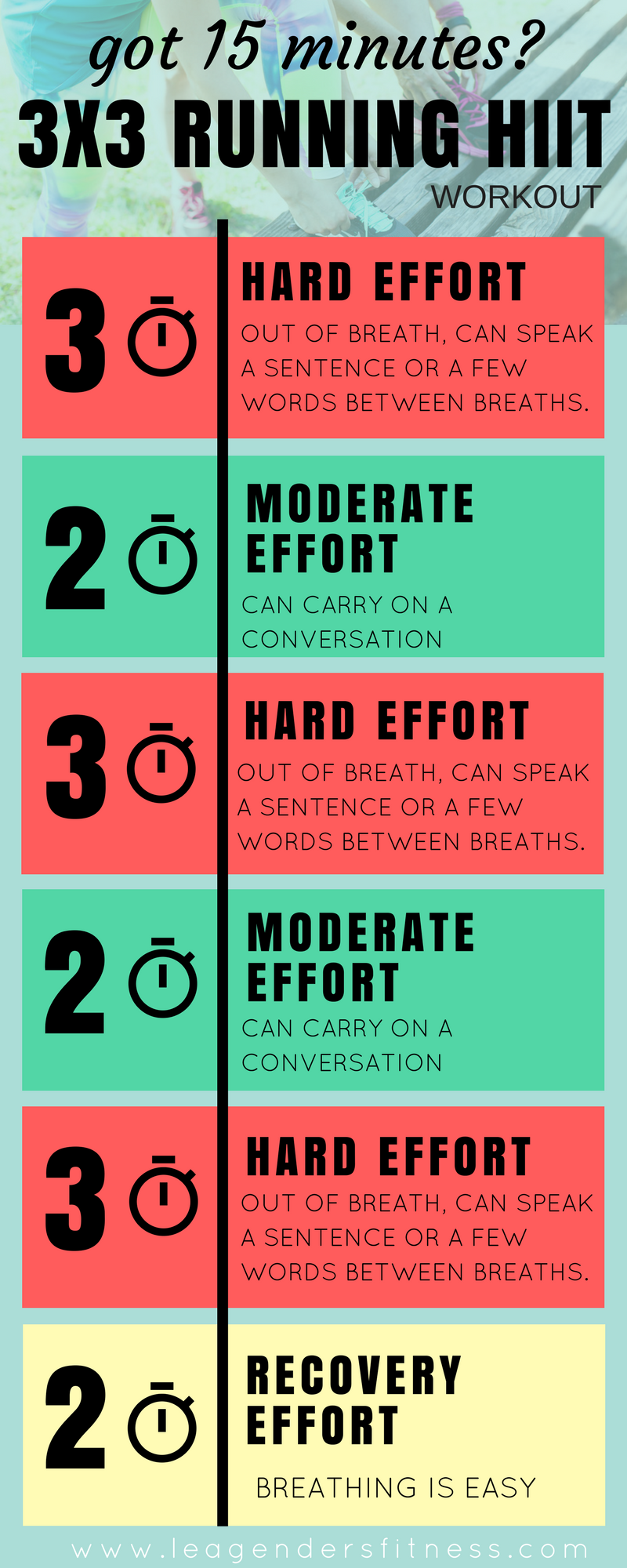Release Your Prospective: Running Strategy Fundamentals for Peak Performance
Release Your Prospective: Running Strategy Fundamentals for Peak Performance
Blog Article
Overcoming Pain in Operating: Strategies and Techniques That Job
Pain is a common companion for many runners, frequently working as an obstacle to achieving their desired goals. However, with the ideal methods and techniques, it is feasible to get over and also stop the discomfort related to running. By checking out different techniques such as recognizing the various sorts of running pain, optimizing footwear and form, incorporating cross-training and strength exercises, carrying out efficient healing approaches, and maintaining proper nutrition and hydration, runners can potentially minimize their pain and improve their general running experience.
Recognizing Various Sorts Of Running Discomfort

Another kind of running discomfort is joint pain, which can manifest as a sharp or achy discomfort in locations such as the knees, hips, or ankle joints (running workout). Joint pain might be brought on by elements like incorrect running kind, overuse, or underlying conditions like arthritis (try this). It is necessary to differentiate between muscle mass pain and joint discomfort, as the latter may require medical interest to stop additional injury
Understanding the different kinds of running discomfort is vital for efficient administration and prevention strategies to ensure a secure and satisfying running experience.
Appropriate Footwear and Running Kind
To optimize efficiency and reduce the danger of running-related injuries, picking suitable shoes and maintaining appropriate running kind are vital parts for runners of all levels. It is advised to choose running shoes that are especially designed for the individual's foot kind, running stride, and the type of running activity they involve in.

Cross-Training and Strength Workouts
Participating in cross-training and incorporating toughness workouts right into a running routine can considerably improve general performance and lower the probability of injuries. Cross-training, such as cycling or swimming, aids enhance cardio physical fitness while giving running muscular tissues a break from repeated influence. It likewise aids enhance various muscle mass teams, resulting in far better general body conditioning. Toughness exercises, like squats, lunges, and core exercises, play an essential duty in stabilizing muscular tissues and improving running effectiveness. They can deal with muscle mass inequalities, enhance agility, and increase power outcome, every one of which are vital for running efficiency.
Incorporating cross-training and toughness workouts right into a running regimen ought to be done tactically. It is necessary to enable sufficient rest between running sessions and cross-training activities to stop overuse injuries. In addition, concentrating on correct kind and strategy throughout toughness workouts is vital to maximizing their advantages and minimizing the threat of injury. By integrating these aspects right into a running regimen, runners can construct a more powerful structure, improve efficiency, and enjoy an extra lasting running experience.
Recuperation and Relax Methods
Having developed the value of cross-training and stamina exercises in a comprehensive running regimen, focus can now be directed in the direction of Healing and Rest Strategies as important elements for optimizing efficiency and decreasing the risk of injuries. (running strategy)
Recovery after running is crucial for muscular tissue repair service and growth. Strategies such as foam rolling, stretching, and massage therapy help in lowering muscle mass soreness and enhancing flexibility. Appropriate rest in between runs allows the body to recuperate and adjust to the physical anxiety, preventing overuse injuries.
Integrating active healing days right into a training schedule, where low-intensity tasks like strolling or cycling are executed, can enhance blood flow and advertise healing without putting excess pressure on the muscles. Furthermore, correct hydration and nutrition play an important duty in the recovery process by replenishing shed fluids and nutrients.
Quality sleep is one more essential element of healing that need to not be neglected. During rest, the body undertakes repair and regeneration processes, adding to total physical and psychological well-being. By prioritizing recovery and rest methods, joggers can keep ideal efficiency levels and decrease the probability of experiencing discomfort or injuries.
Nourishment and Hydration for Runners
How can runners optimize their performance through appropriate nutrition and hydration methods? Nutrition and hydration are crucial elements of a runner's training regimen, playing an important function in performance, endurance, and healing. To improve performance, runners should focus on consuming a healthy diet regimen that consists of carbs, proteins, healthy fats, vitamins, and minerals. Carbohydrates provide energy for running, while healthy proteins help in muscular tissue fixing and recuperation. Healthy and balanced fats support overall wellness and aid in taking in necessary nutrients. Appropriate hydration is likewise important to maintain optimum efficiency, as see even light dehydration can adversely affect running performance. Joggers ought to drink water prior to, during, and after their runs to remain hydrated. Electrolytes, such as sodium and potassium, are additionally crucial for preserving fluid equilibrium and muscle feature - running workout. Additionally, timing dishes and snacks suitably prior to runs can assist prevent stomach discomfort and give the needed energy for peak efficiency. By paying attention to their nourishment and hydration, runners can boost their endurance, speed up recuperation, and carry out at their ideal.
Conclusion
To conclude, by recognizing the various kinds of running discomfort, putting on proper footwear, preserving proper running form, incorporating cross-training and stamina workouts, focusing on recuperation and rest, and concentrating on nutrition and hydration, runners can successfully get over discomfort and improve their performance. Executing these techniques and methods can assist joggers protect against injuries, boost their endurance, and inevitably enjoy a more fulfilling running experience.
Report this page